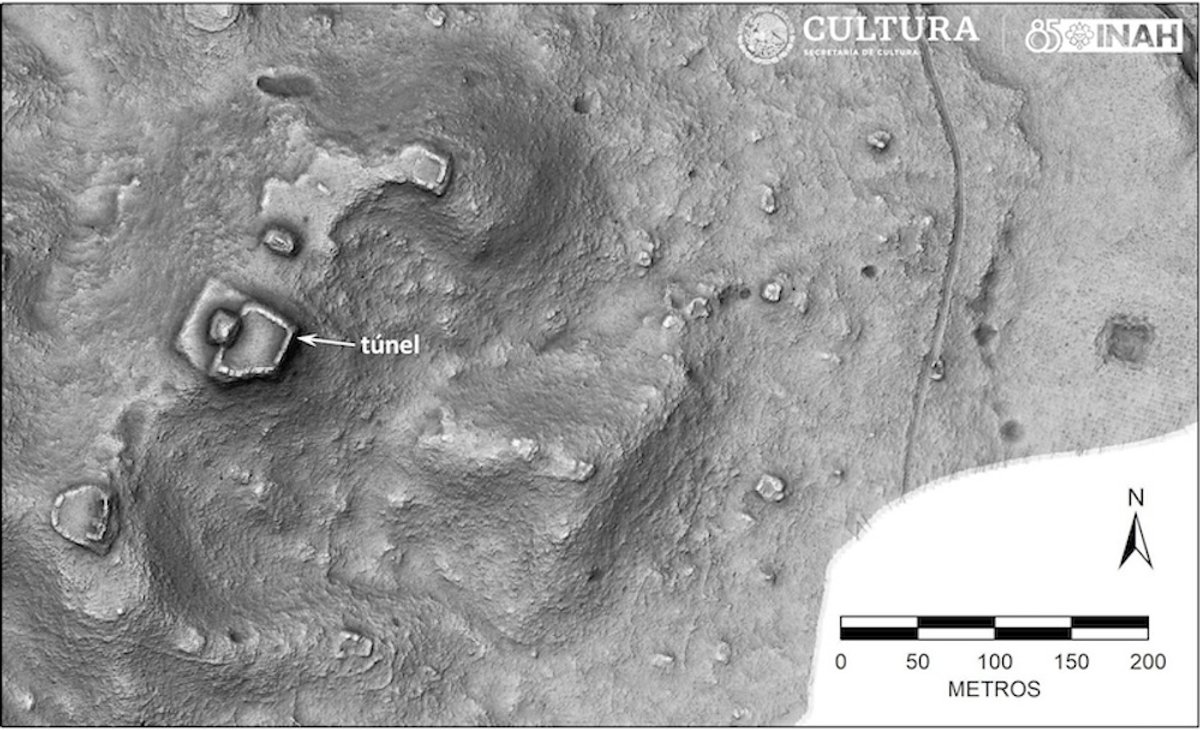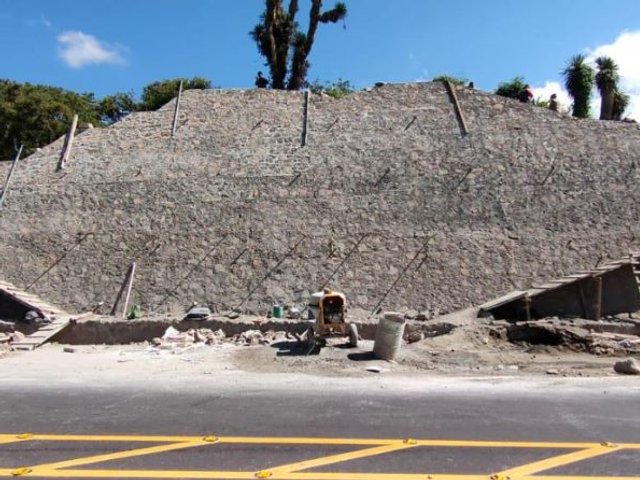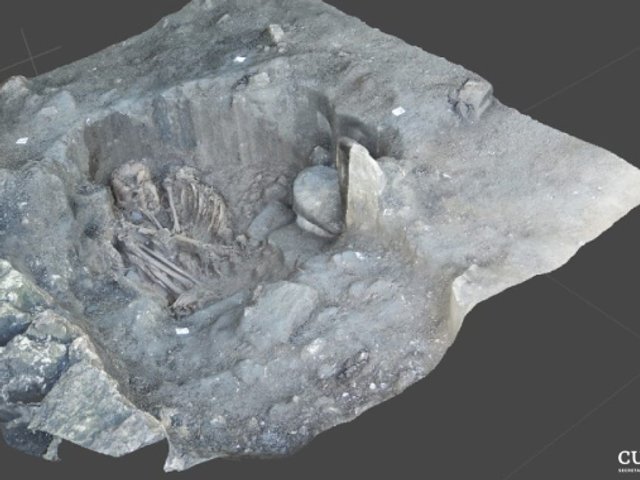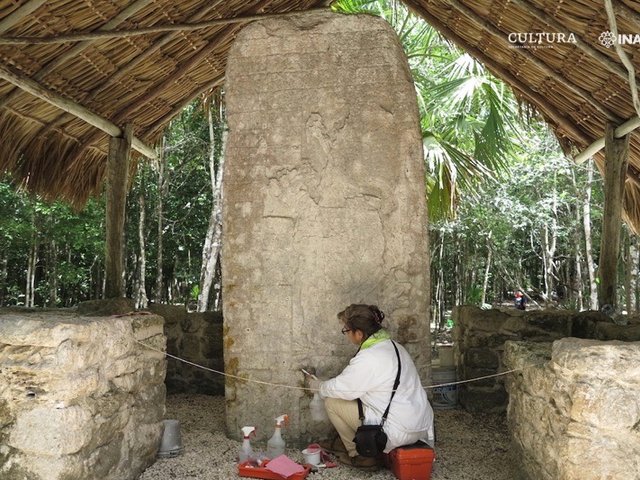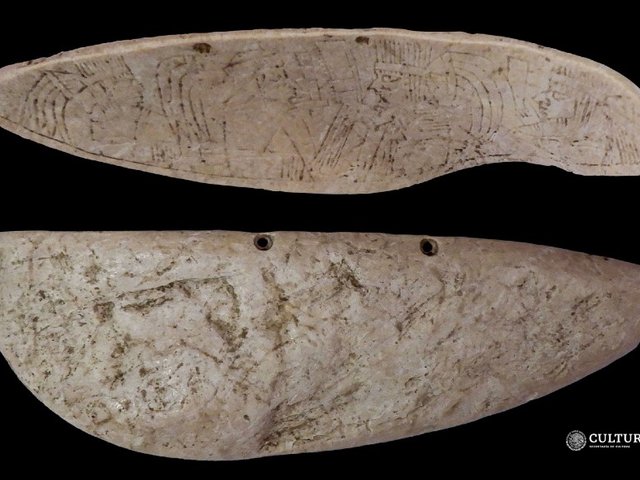Archaelogists working with Mexico’s National Institute of Anthropology and History (INAH) have identified ancient Maya settlements in the vicinity of Calakmul, a historic site in the state of Campeche, using light detection and ranging (Lidar), a remote scanning technology. Lidar targets an object or region with a laser and maps measurements by documenting the amount of time the reflected light takes to return to the receiver.
The INAH field team used Lidar to seek out structures dating from the Maya civilisation that are now hidden beneath the Yucatan peninsula's thick forest canopy. Researchers have emphasised that the area they are scanning is not historically easy to cultivate, resulting in a lack of canals, terraces or ruins that can be easily seen with the naked eye.
The Lidar survey, by a team of Mexican, Slovenian and US researchers, has identified evidence of a former pyramidal construction and accompanying plaza in a settlement that was first discovered in the 1990s. A canal draining water from the plaza has also been observed. Additionally, a ball court from the Early Classic period (200CE-600CE) was identified in the site’s eastern sector, close to a ceremonial centre with walls reaching up to 13m in height.
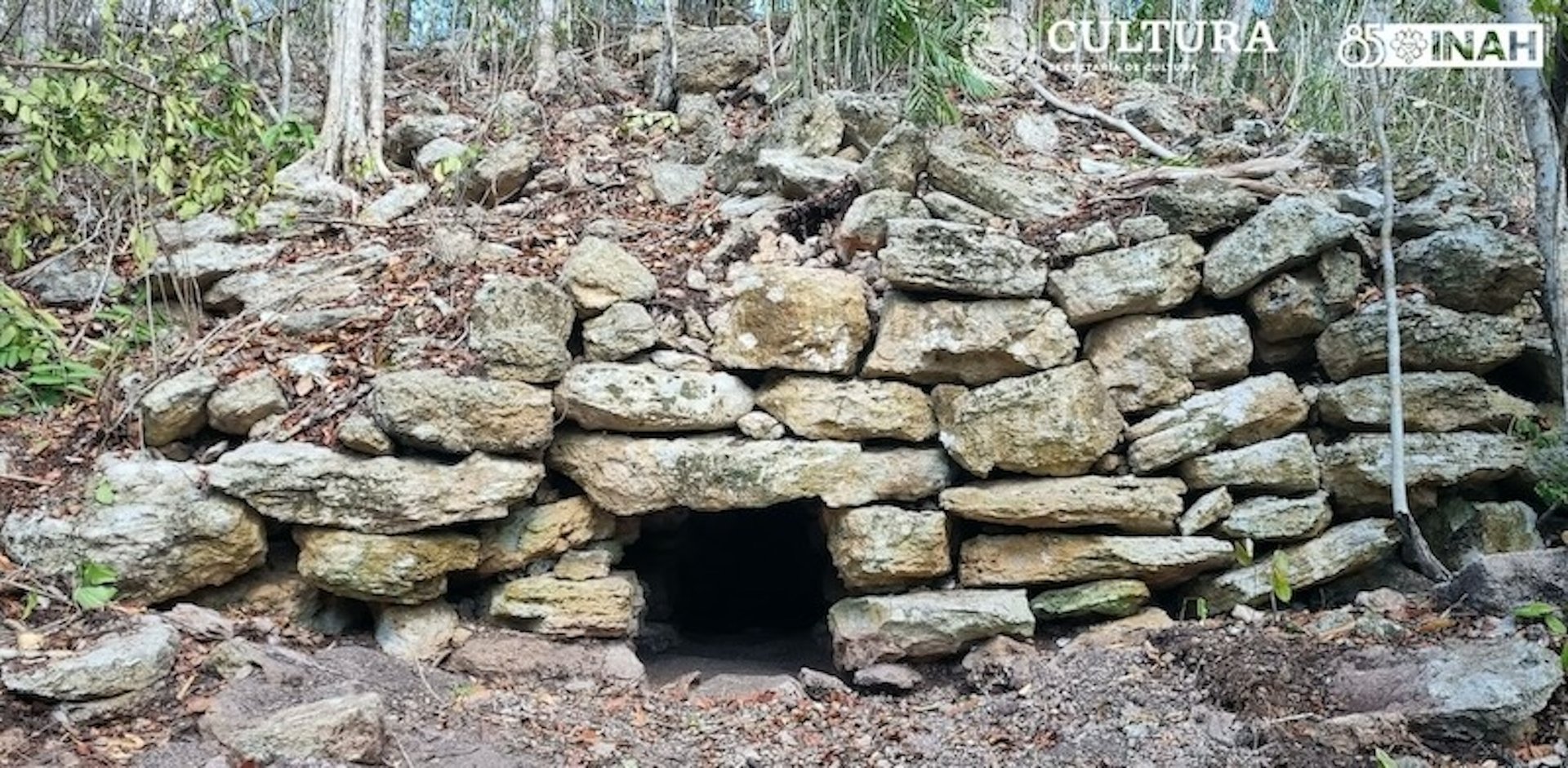
Exterior mouth of the recently discovered drainage tunnel near Calakmul, Campeche state, Mexico Photo by Vitan Vujanović, courtesy Instituto Nacional de Antropología e Historia
Preliminary analysis suggests the settlements date from the Late and Terminal Classic periods (600CE-1000CE), a time of enormous change and struggle for the Maya civilisation. From 830-950, the Maya abandoned their strongholds in the southern lowlands and put a stop to many of the cultural practices that had defined their civilization. According to a recent study, however, this retreat was highly erratic, varying from region to region.
“Our impression is that the Mayan culture of this region that we have just explored was notably less elaborate than in Petén, to the south, and the Chenes and Chactún regions, to the north and east," Ivan Šprajc, of the Research Center of the Slovenian Academy of Sciences and Arts, said in a statement.
Another nearby site—with a rectangular reservoir and ceramic fragments atop a ritual pyramid structure—was also uncovered by the team. Šprajc posits that this material dated from the Postclassic period (1250-1524), which ended with the arrival of Spanish colonisers in the region.


